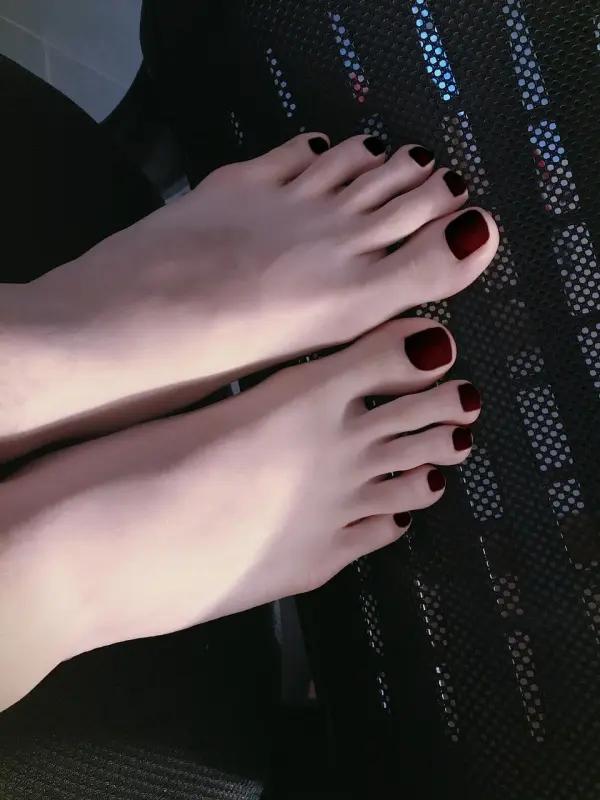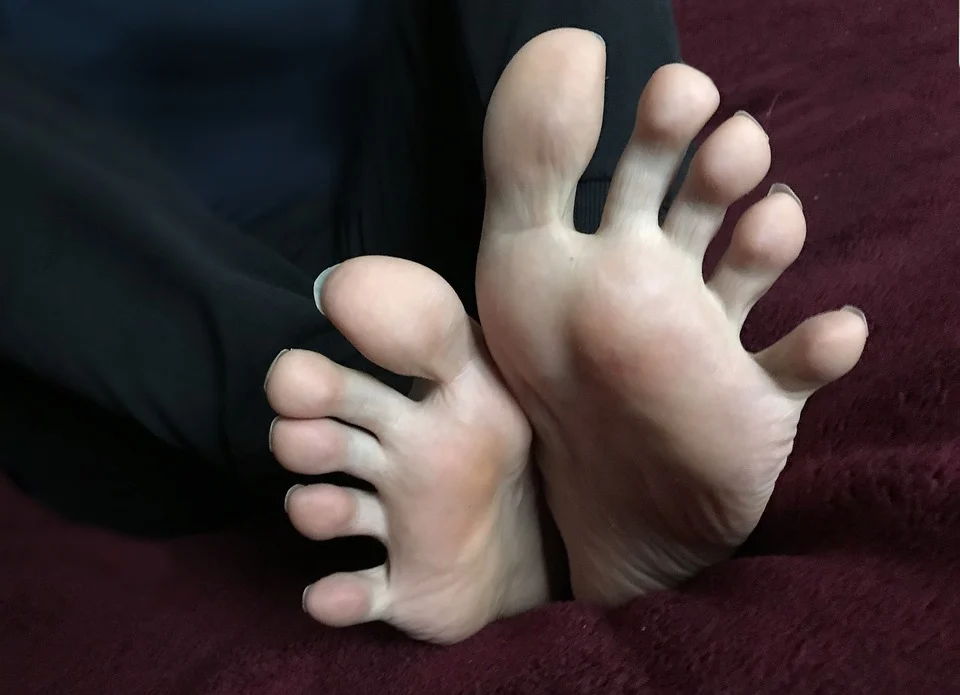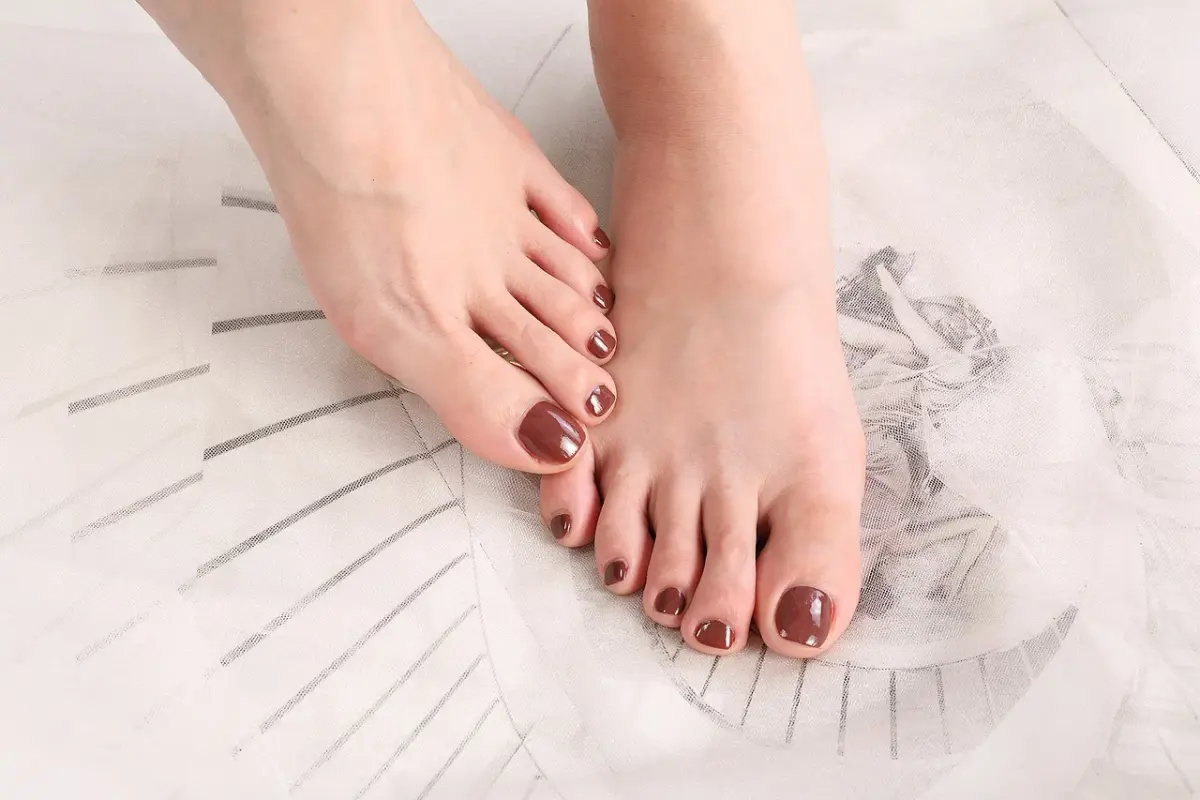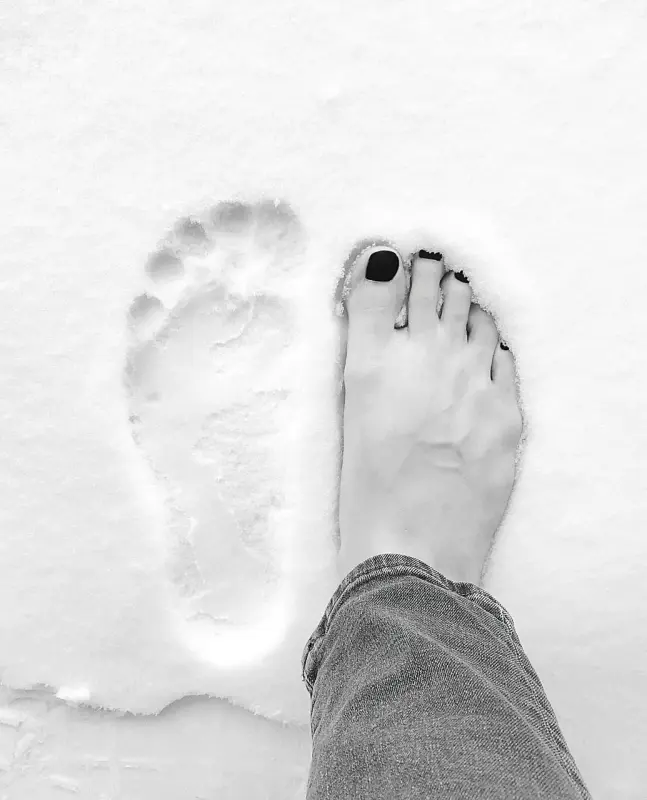How can Leneva alleviate foot pain? Leneva may help with foot pain. Leneva can provide a range of injections to relieve foot pain,including fat pads restoration injections. Fat pad reconstruction is a minimally-invasive procedure that can reduce pain in the ball area of the foot. It is a quick and simple procedure that can give you significant relief from your foot pain. For more information,please contact us. How does Leneva work Leneva,a novel treatment for foot pain,involves injecting the patient's fat cells into the affected areas. The procedure is called fat pad restoration and has been proven to be extremely effective in relieving pain and restoring function. Leneva uses the patient's own tissue,which is different than other foot pain treatments such as surgery or corticosteroid injections. The procedure is safe and does not involve any side effects. Leneva has been proven to be more efficient than other treatments at reducing pain and restoring foot function. Leneva might be the best option for you if you suffer from foot pain. Get in touch with a qualified health provider to find out more about this new procedure.
What are the benefits to Leneva? Leneva,a cutting-edge treatment that treats foot pain,offers many benefits. Leneva is a treatment that injects fat cells of the individual to help restore natural foot cushioning,which can often decline with age. This can help with increased comfort and mobility. It also helps to reduce pain. The procedure can be performed outpatient and is minimally invasive. It is possible to reject the procedure because it uses patient's own cell lines. Are there any side-effects of Leneva Leneva injects the person's own fat into their feet to relieve foot pain. The procedure is non-invasive and can cause no side effects. The most common side effects are bruising. This is usually resolved in a matter of days. There have never been any reports of side effects with Leneva treatments.


How long does Leneva take to wear out? Leneva,a treatment that injects fat pads on the bottom of the feet to repair them,is called a treatment. The fat pad acts like a cushion and protects the feet from any impact. If the cushion becomes damaged or worn down,it can cause foot pain. Leneva can treat this problem by injecting a substance called "hyaluronic" into the affected area. This substance will plump up the area,and provide cushioning. Each injection lasts approximately six weeks and is usually done once every six months. How much does Leneva price? Leneva is an innovative,minimally invasive treatment for foot discomfort that injects the patient’s own fat to improve cushioning and support. The procedure takes only minutes and is highly effective in relieving pain and improving function. Leneva is a liposuction procedure that involves removing small amounts of fat from another part of the body. This fat is then injected to the areas of your foot where support and cushioning are required. Each patient has different needs so the injection locations are chosen carefully. Leneva uses patient's own fat. There is no risk of allergic reactions or rejection. The fat cells in the foot will grow and continue to live long after injection. Leneva can also be performed in an outpatient setting,meaning that you don't need to spend time in hospital. It takes only a few days to recover and most patients are able return to their usual activities within a few weeks. Leneva could be right for your foot pain. For more information about this groundbreaking new treatment,please contact us for a consultation.
Where can I purchase Leneva Leneva injections may be an option for you if you suffer from chronic foot pain. Leneva uses fat pad injections to improve foot cushioning. This may provide relief for patients suffering from Achilles tendinitis or plantar fasciitis. Leneva injections are not yet available in the United States. But,it is likely to be available soon. Talk to your doctor if this is a treatment option you are considering.


KC Foot Care offers a noninvasive way to treat foot pain caused by a recurring callus,pain in the ball of the foot or heel and even ulcerations due to loss of fat padding. As we age,the fat pad to our feet shifts due to hammertoe and bunion deformity or repeated steroid injections for plantar fasciitis. The fat pad thins down,causing increased pressure points and pain with every step we take. Leneva is an allograft adipose matrix derived from donated human tissue used for tissue reconstruction. This is a safe and clinically proven solution to help with foot pain without steroid injections or surgery. Leneva is also FDA approved. How can I treat corns and calluses at home? Unless the cause of the corn and callus is addressed,they will not go away and often grow back. Home care includes gentle exfoliation using a pumice stone regularly. Using a razor or cuticle scissors is risky and can cause an infection. Do not use any over the counter medicated products with salicylic acid without consulting a podiatrist. Using these products without supervision can make the issue worse. What other treatments are available? The goal in treating the corn or callus is to reduce the pressure causing it. Choosing wider appropriately sized shoes,prescribed skin softeners with urea or lactic acid,regular foot care,felt pads,gel inserts and custom orthotics are usually the first line of treatment. Recent advancement in medicine has made many foot fillers,including fat allograft (Leneva),as a nonsurgical option injection therapy for pain relief. Lastly,surgery may be considered in severe cases.

| You may be able to have a hydrocortisone injection into the same joint up to 4 times in a year. The number of injections you need depends on the area being treated and how strong the dose is. If you have arthritis, this type of treatment is only used when just a few joints are affected. |
| How often is Leneva done? After the first treatment, patients are seen for a follow up in 4-6 weeks. It can take about 3 months for the injection to fully incorporate. Depending on activity level, the average length of time for the injection to last is about 2 years. |
| Ideally 2 weeks and it could be more or less than that depending on my patients' weight, occupation etc. I do pad the area around the injection and place the foot in a special shoe to allow for some weight bearing while the adipose (fat padding tissue) develops. |